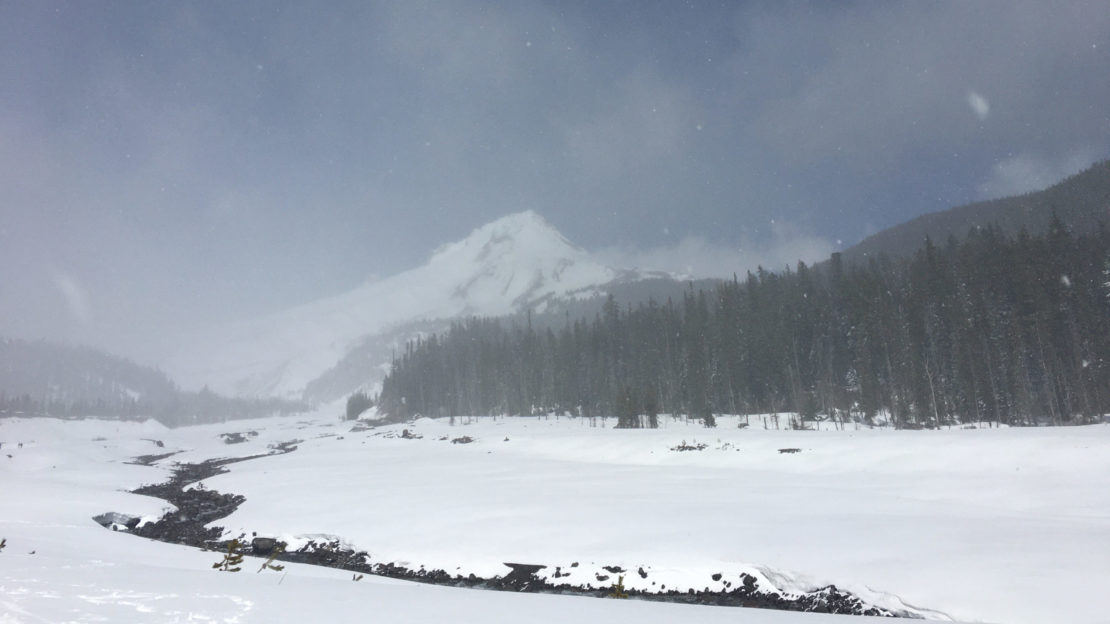
Dog Bug Out Bag
This is for a healthy, athletic, 50ish-pound husky mix. Dogs should not carry more than 10% of their body weight (Source: TP member Robert Larson's wife, who works with dogs professionally). For my dog, that would mean a 5.2-5.4 pound-limit, depending on the season, so I am still a bit over. I think replacing the sardines with encapsulated organ and (maybe) getting rid of the silicone bowl or replacing it with another cloth one will allow me to get down to 5.4 lbs. The "mini DFAK" builds off the items in my IFAK that work for dog and human first aid. Items with prices are items I haven't purchased yet.
Dog Preps
This "kit" complements my "Dog Bug Out Bag" kit, describing all my pet preps (including the Dog BOB) as opposed to just those that my dog will carry in his personal backpack.